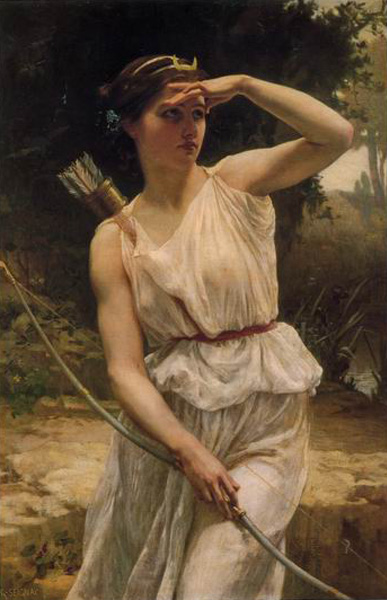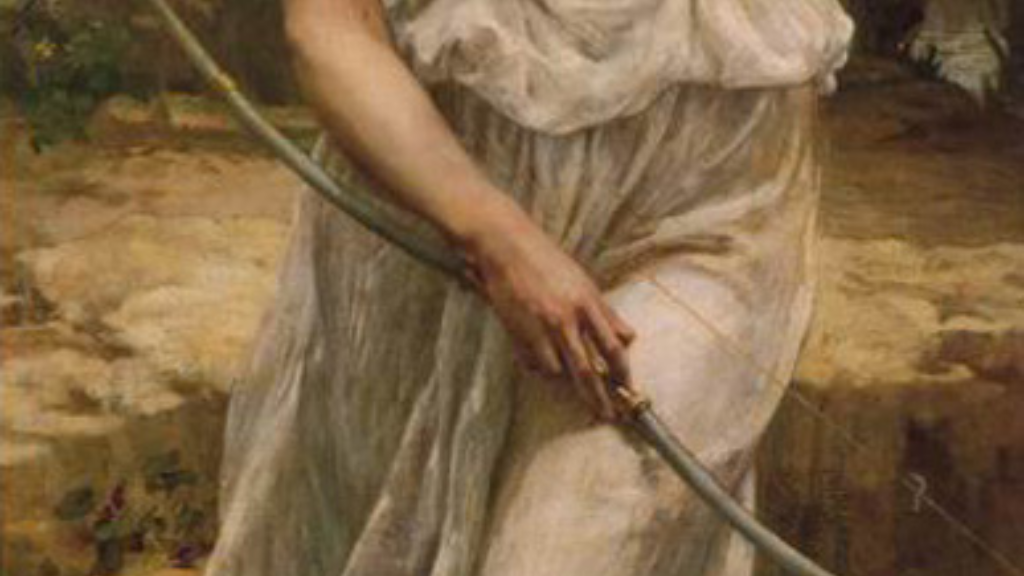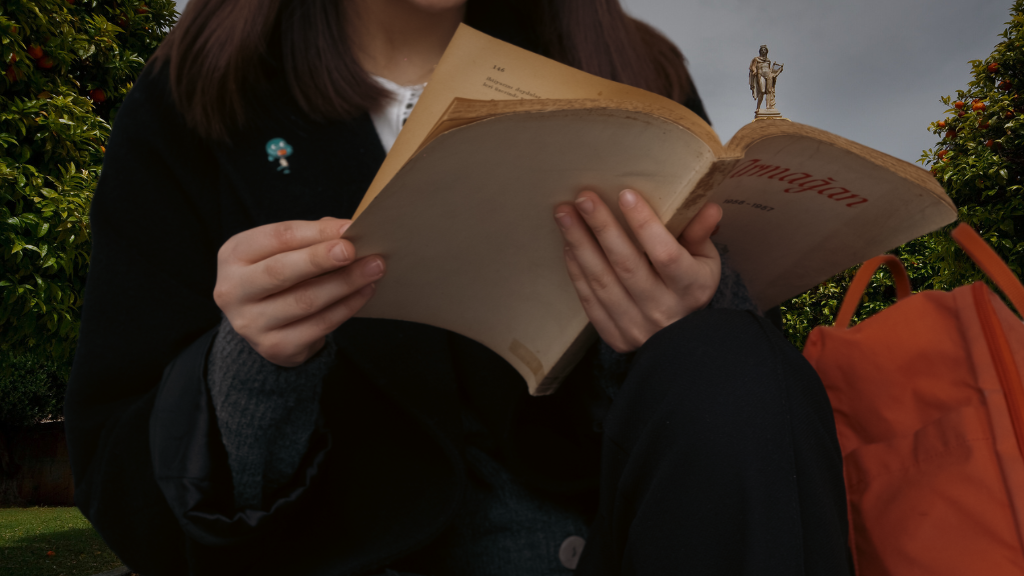
Who is the Goddess Diana?
Diana is the child of Jupiter and Latona, and sister to Apollo. Accompanying Apollo in his representation as the sun, she is the goddess of the moon. As a virgin goddess, she is known as a patron for chaste women and nymphs, often coming to their aid in different stories and myths. Diana is best known as the goddess of the hunt and is often depicted with a bow and arrow, fierce in her pursuits, and associated with the deer. She often roams the woods with her nymphs and lingers near her sacred pool in Aricia.
While Diana is known to aid her followers and gift transformations to protect them, she is also known for her retribution and powerful acts of vengeance inflicted on her foes and unfaithful followers. In this post we will discuss some of the transformation that surround Diana in Ovid’s Metamorphoses.
Diana in Ovid’s Metamorphoses
Actaéon
In book 3 of Ovid’s Metamorphoses, we are introduced to a young man named Actaéon. While out hunting, Actaéon notes the hard work and accomplishments he and his men achieved that day and urges them to rest. Close by, Diana prepares for a bath, she hands her bow and quiver to her nymphs while others hold her dress and remove her boots. Leisurely, Actaéon begins to wander through the woodland and comes across Diana and her Nymphs at her pool. At the sight of Actaéon her nymphs scream, they attempt to cover themselves and shield Diana’s body from his gaze. But with her shoulders and neck still visible over her maiden’s cover, she blushed and became outraged. With her arrows out of reach, she throws water over Acteon and cast a spell. Instantly he transformed into a deer with intense panic invoked within him. Soon, Acteons dogs and men close in on the area and sight him, not as a man but as their prey. Horrified and unsure of what to do, he runs from his dogs to no avail. These hunting dogs, all of which he raised from puppies, tore him apart and the hills were filled with his tortured cries. His men roamed the woods in a futile attempt to find their deceased leader. Here we see the great protectiveness Diana holds over her own virtue, and only once Acteon was completely destroyed, did her anger finally subside at his intrusion.
Arethusa
In book 6 of Ovid’s Metamorphoses, we are introduced to Arethusa, a nymph from Achaea who was known for her beauty and loved to explore the woods and hunt just as Diana did. One day while exploring the woods, she found a particularly still and beautiful stream and couldn’t help but undress and plunge into the water for a swim. Unknowingly, the river she dove into was the god Alpheüs, the river god. Noticing the beautiful maiden, he reveled himself and perused her aggressively, chasing her throughout the woods. As he began to close in on her, Arethusa cried to Diana for help. In the past, Arethusa stood by Diana’s side, carrying her weapons as a faithful follower. Thus, seeing one of her followers in distress, Diana felt compassion for Arethusa and pulled down a cloud to engulf her in mist. Soon, the maiden was transformed into water. Once Alpheüs realized the transformation that had taken place he attempted to return to his river form to join with Arethusa in her new form. But Diana acted quickly, creating a divide in the earth where Arethusa could slip through, keeping her from Alpheüs’ grasp. Diana then guided Arethusa to the island of Ortýgia and there she remained as the fountain of Arethusa. Diana’s protection and dedication to her followers in times of need is showcased here with her swift and decisive actions, keeping them from harm and loss of virtue.
Callísto
In book 2 of Ovid’s Metamorphoses, we are introduced to Callísto, an Arcadian follower of Diana most favored by the goddess, as well as a solider for Phoebe. One day while resting in the woods, she was spotted by Jupiter who contrived a plan to claim the maiden. He disguised himself as Diana and approached Callísto, speaking to her as the goddess before kissing and assaulting her. Callísto, feeling guilt and shame, was soon in the presence of the real Diana and tried to hide any evidence of her lost virtue. As Diana and her attendants began to undress and refresh themselves in a nearby brook, Callísto couldn’t help but blush. She was exposed, and Diana, noticing Callísto change, could not allow her taint the spring. Callísto was cast aside and lost Diana’s favor forever. However, this was not the end of Callísto’s troubles, for Juno, Jupiter’s wife, soon discovered his adultery and attacked Callísto transforming her into a bear. In her new form Callísto was then hunted by her own son Arcas. Jupiter took pity on her in her vulnerable state and choose to protect her, angering Juno once again. To protect Callísto and her son form Juno’s wrath, Jupiter chose to transform them both into constellations and keep them out of Juno’s reach. Callísto and her son were changed into the constellations Ursa Major and Ursa Minor, essentially giving Callísto the status of a goddess, solidifying both her fate and her story.

Conclusion
These are only a few of many stories involving Diana and the transformations that happen around her or by her hand. We find curious moments of both compassion and irony. She cares for a follower named Egeria in a manner similar to how she protects Arethusa, by concealing her in a cloud and eventually transforming her into water, one of her common transformations. However her very nature as a virgin goddess leaves her with little leniency once a follower has lost their virtue, even if this occurs unjustly. We see both the very protective sides of Diana in her protection of herself and her nymphs, as well as her sense of duty and vigilance when certain boundaries are crossed.


